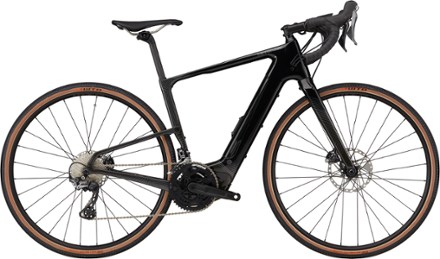The gen 4 Bosch speed motor on my trek Allant+9.9s has a nominal 250w rating and can output up to 85nm of torque at a cadence of 70 rmp continually. I did a climb this summer that was a steady 5-7% grade for 12 miles with an elevation gain of 3,000 feet. It was almost 2 hours of climbing and went without a hiccup.
First of all at 70 rpm according to Trek's own data the maximum is less than 80nm. But let's put that aside.
The question is how do you know that you got 85nm ?
Let's make a quick calculation of battery consumption for the claimed 12 mile-2hour climb:
To have 85nm at 70rpm, motor has to output around 620W!. At that power level, with all the losses, the efficiency should be at best in the low 70's. But let's instead say %80. That means that your average power consumption is at least 620/0.8=775W during that climb!
In just that two hours of climb, that translates into 775x2=1550WH! That is only the 12 mile climb section.
I see that you have a total of 500+625=1125wh battery, where is the rest of that energy coming from?
In short, it is impossible to get anywhere close to that rpm/torque value continuously as claimed.
Also according to Bosch's own estimate the average motor output was around 187W (rider averaged 88W and it was %32 percent of the total output hence the computation follows) taking all the losses into account, the total consumption would be around 800-850wh during that 3.5 hours ride, if the Bosch's reported number is right.
This is why they separate nominal and peak numbers in the specs. One should think carefully before repeating marketing numbers...
Moreover,
The mechanical power output also does not add up.
Climbing 12 miles at %7 percent grade(assuming the worst) in two hours, that is an average speed of 6mph, for a total 270lbs rider + bike requires an average power around 265W!!! (given no wind). If as claimed one was getting 85nm at 70rpm hence 620W constantly, even without any effort on the rider's part, rider should be able to climb this hill at least at 13mph! hence less than an hour...

 www.rei.com
www.rei.com

